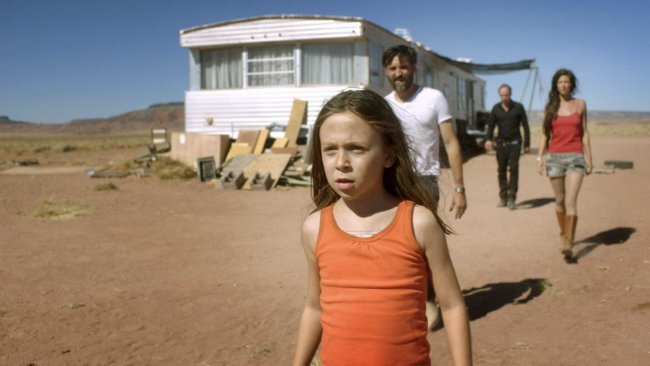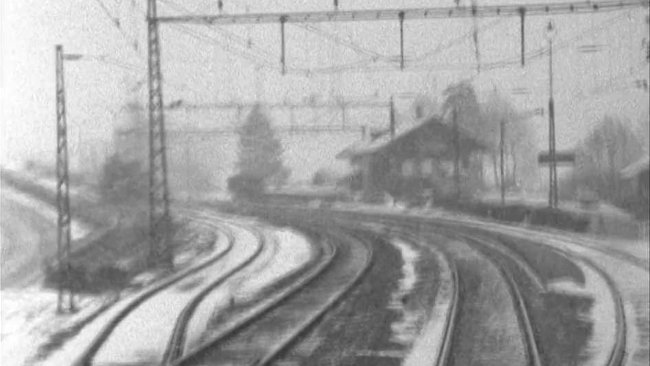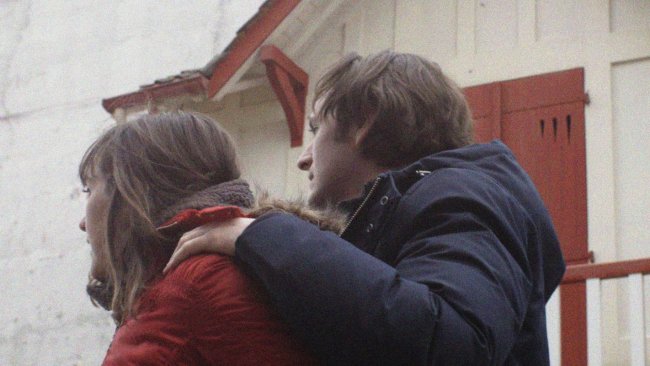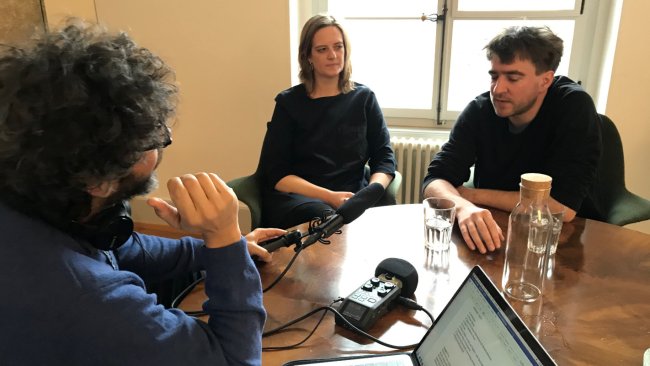Clemens von Wedemeyer | Kunstmuseum Luzern
[…] Society probably exists insofar as it is represented, and it is represented insofar as it has to be controlled. Viewing as a controlling device: this is a central feature in Wedemeyer’s artistic practice, and cannot but refer to both the technique and the technology of viewing.
[…] Wedemeyer’s critical appraisal of the polis and its image pairs with the political density that he reveals in any aspect of the process of construction of every image.
Here Filmexplorer's interview with Clemens von Wedemeyer.
Text: Giuseppe Di Salvatore | Audio/Video: Ruth Baettig
One of the main thread in Clemens von Wedemeyer’s artistic work certainly concerns society in its self-grouping, its spontaneous evolution, and in the power relationships that it can display and from which it can be dominated – this thread being particularly evident in the exhibition at the Kunstmuseum Luzern, In Gesellschaft. But Wedemeyer’s gaze is not the gaze of the detached ethnologist or the statistical sociologist; rather it is the gaze of the self-reflective viewer. In one of his first works, Getrennter Monolog (2007), the Other will reveal itself to be nothing but the starting point of a self-reflection, and self-reflection takes the shape of the questioning of the point of view. The image of society and the representation of its dynamism matter more than either its essence or definition. Society could not even exist as an entity, but it will matter, here, as the matter of our perception. Society probably exists insofar as it is represented, and it is represented insofar as it has to be controlled. Viewing as a controlling device: this is a central feature in Wedemeyer’s artistic practice, and cannot but refer to both the technique and the technology of viewing.
The confrontation between the technique and technology of viewing finds a coherent expression in Wedemeyer’s analytic approach to images and moving images. This approach is less apparent within each of his works but seems to inform the conception of all of them, for each of them focuses on, and goes deeper into, one aspect of the dispositif of the moving images. We can almost always find a formal cinematic element playing a central role in each of his works: the camera obscura (KinoSkulpture); the casting (Actors of Prophane History; the project The Cast; Rien du tout); the camera perspective (Faux terrain; the project P.O.V.; Square); the making-of (Occupation; Die Probe; The Making of Otjesd; The Making of Big Business; The Making of Occupation); the found footage (Found Footage); the props (Afterimage); cinema as object (Empty Sky; A Recovered Bone); the location (Sun Cinema Location; Die Siedlung); the script (Drehbuch); the language and sound (Every Word You Say; Automatisierte Sprachanalyse zu psychologischen Zwecken); the remake (Big Business; Metropolis, Report from China); fourth wall (Intro – The Fourth-Wall); the simulation (70.001; Transformation Scenario; Crowd Control; Katastrophenübung; Against the Point of View), etc. These elements constitute the starting point for an artistic exploration of the grammar of film, of the elements of the moving images. Art and meta-cinema coalesce.
Clemens von Wedemeyer’s interest for the formal elements of film is not the ultimate objective of his work however, but is the intriguing door through which he can approach broader themes such as history, memory, society, power, and the question of viewing and representation as being both existential and political. On the delicate theme of the control of or, more precisely, the intertwining of image control and social control, he provides us with the liberating experience of us viewing the viewers of images, the viewing of images. Even thanks to the recurrent use of the open form of the loop (an essential aspect of the film as installation), we are invited to self-reflect on our position as viewers, which amounts to focusing on and deconstructing the all-encompassing and controlling pattern of the panorama in our perception. In this way, utopia and dystopia can find a common ground, which is the place for us for a critical experience: an experience of crisis and criticism simultaneously.
The viewers of the Lucerne exhibition in the Kunstmuseum can be honoured to discover the film Faux terrain (2019), which was been shot in Lucerne, for this work constitutes a brilliant synthesis of almost all of Wedemeyer’s artistic concerns. From the Bourbaki Panorama to the Kunstmuseum, we follow a person embodying the Other – the stranger, the refugee, the migrant… – on her path of participating in the panorama and its repeating history, of fleeing from it, joining the masked anonymity of the mass, finding refuge in the art world, which finally has to be mysteriously evacuated, pushing them back out of the polis, the city, the urban space, society... A looping circular path where the representation of the layers of society cannot produce a fixed image: the image control fails, and the unaccomplished output expresses the impossibility of integration but also the liberation of any power relationship. Wedemeyer’s critical appraisal of the polis and its image pairs with the political density that he reveals in any aspect of the process of construction of every image.
Which kind of politic is possible without images? Is there an image outside the polis?
Info
Clemens von Wedemeyer | Nella società – In Gesellschaft (with Giulia Piscitelli) | Kunstmuseum Luzern | 2/11/2019-9/2/2020
More Info on the Exhibition
Clemens von Wedemeyer’s Website
First published: December 13, 2019






